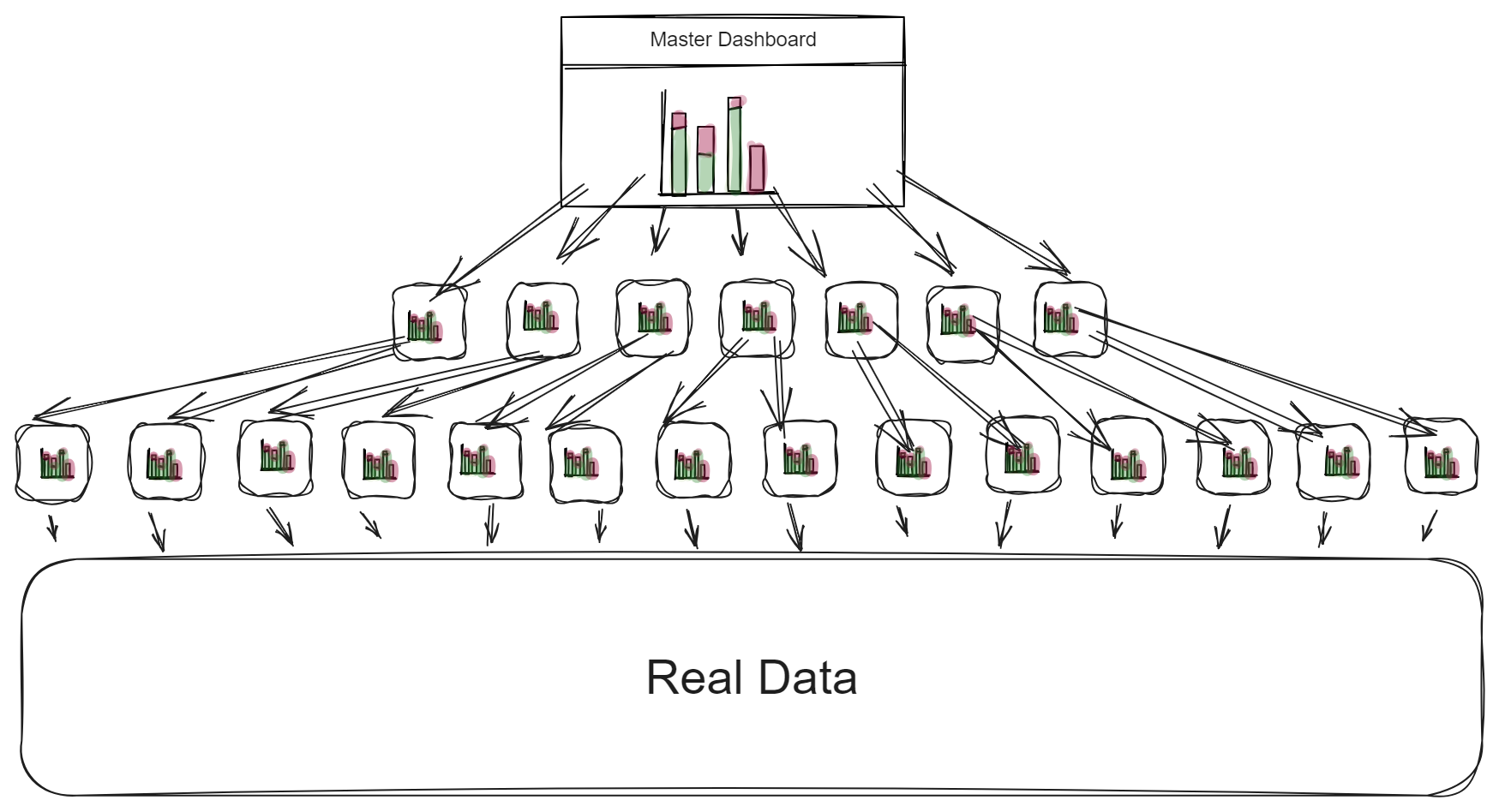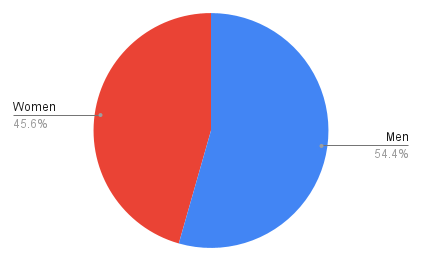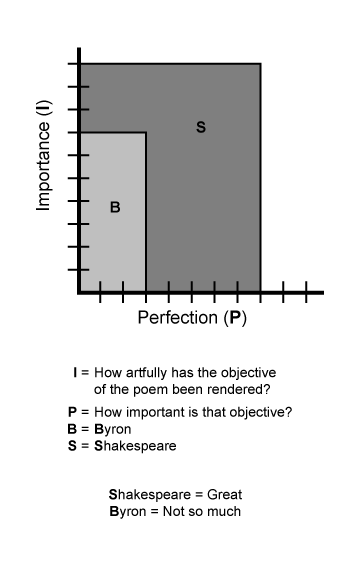If you tell me you haven’t seen a dashboard in your career so far, I wouldn’t believe you. In fact, you wouldn’t believe yourself.
The ease with which data visualization tools are available, it is impossible to believe that you would be spared from a dashboard.
Mostly, this is how the tragedy of dashboards look like:

If I’m calling it a tragedy, I may not be holding a favorable view to most dashboard practices. And I would like to share a few of them before we move ahead.
Problems with most dashboards
Three glaring problems that make dashboards frustrating:
1. Treated as cure to all problems
Creating dashboards do not substitute problem solving. It is like looking at a compass on a stranded boat and waiting to reach a nearby shore. On its own. Well-designed dashboards can guide where to look, but they can’t act as a cure.
2. Only for managers
There is a whole new clan of dashboard-hierarchy that depends on earning a living based on dashboard-dictated-work and meetings. A traditional manager or a supervisor was expected to know the work inside out, provide feedback where necessary. But the emergence of dashboard-managers is a new phenomenon. Companies cannot generate money with pseudo-workers. And they’re realizing it slowly.
3. Gap between decision-maker and a decision
Most dashboards are far from the user’s immediate decision-making power. If I can’t change a feature on a product, I don’t need to know which features are used by the customers. My dashboard should prioritize insights that help my immediate decision-making. Good-to-know things can wait.
In a way, these three are also mistakes that I try to avoid. But let’s get on the five mistakes that I reallyyy try to avoid.
The five mistakes I try to avoid
1. I don’t provide decimal level information aka try to be accurate
Dashboards are to understand trends. They do not require military precision. So, if a Gender-bifurcation pie chart says 45.6% women and 54.4% men, what am I going to do with that .6 and .4 ?

2. I don’t ignore tables
It is not necessary to have only colourful charts on dashboards. Tables are one of the best visual tools to summarize information. Add tables wherever it feels natural to add tables.
3. I don’t try to give all teeny-tiny details through the dashboards
That’s not the purpose. An overview of information is more than enough for a smart decision-maker to ask valid questions or sieve through data.
People who are really interested and invested in knowing the full picture, they usually get their hands dirty by asking for full data.
4. I don’t try to objectify subjective matter
Sometimes, it is simply not possible to do it. And should not be done. Whoever is interested, should take interest. Also, thanks to the onset of new AI tools, this work is now even easier than before.
That reminds me of Prichard Scale of Understanding Poetry covered in Dead Poets Society. It tries to evaluate the “greatness” of the poem. How ridiculous is that!

5. I don’t treat dashboard as a god, the ultimate piece of truth
Because dashboards reflect the underlying databases and calculations. There are more ways to structure bad databases than there is to structure good databases. This also means that most of the databases are not perfect. Their shortcomings are reflected in dashboards. If people find something wrong with the dashboards, it is an opportunity to look at how we are processing data. And improve the dashboards.
The point is that dashboards are everywhere, but not all are effective. Many fall into traps: being seen as cure-alls, catering only to managers, or creating gaps between data and decisions.
We should treat dashboards as a skepticle compass, not an engine.
Want to create an efficient data system?
It is difficult to create a data system on your own. What works for a fortune 500 company may not work for your business. Each business is unique. That is what we do. We understand your processes, suggest changes and create data system that works for you.
See how we do it and get started with us:
While you check out other case studies and our processes, I want to invite you to join our semi-regular free email letters.